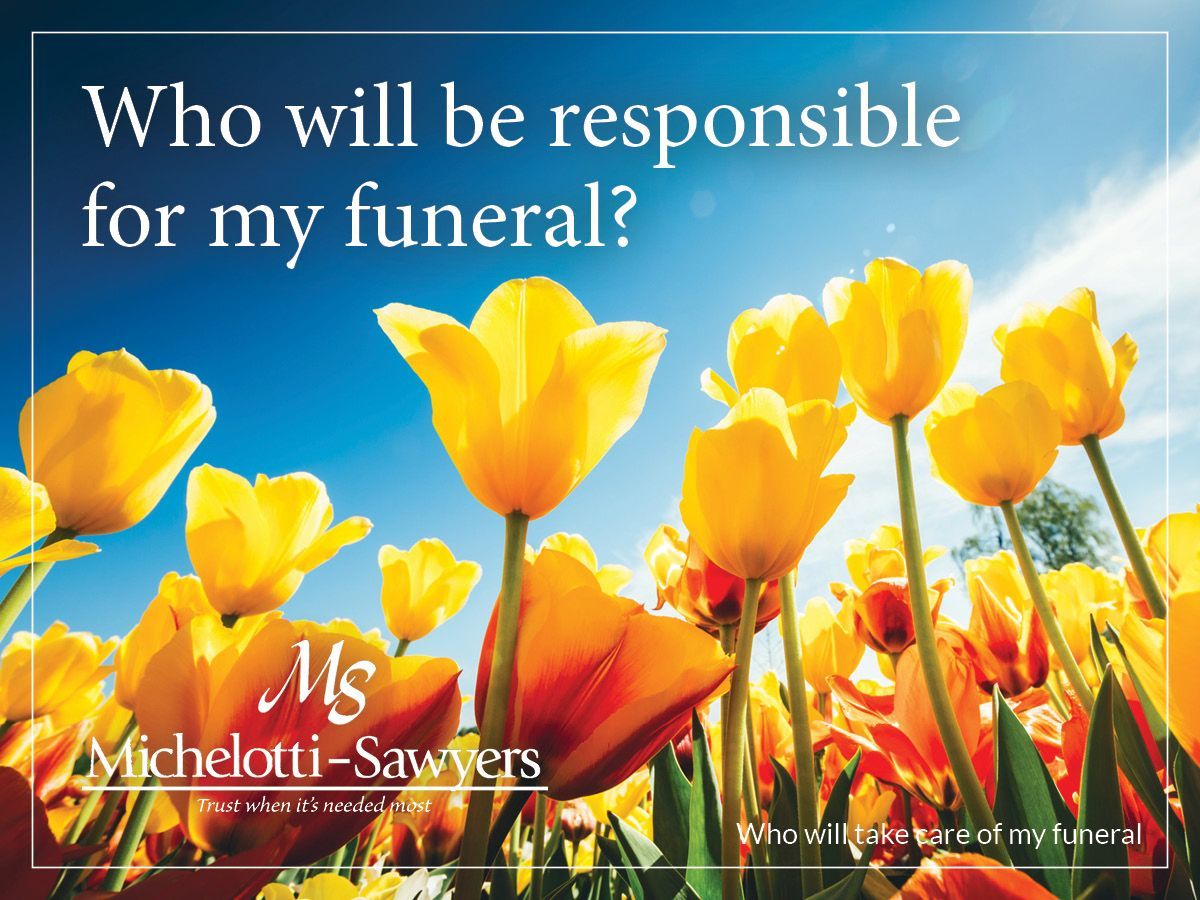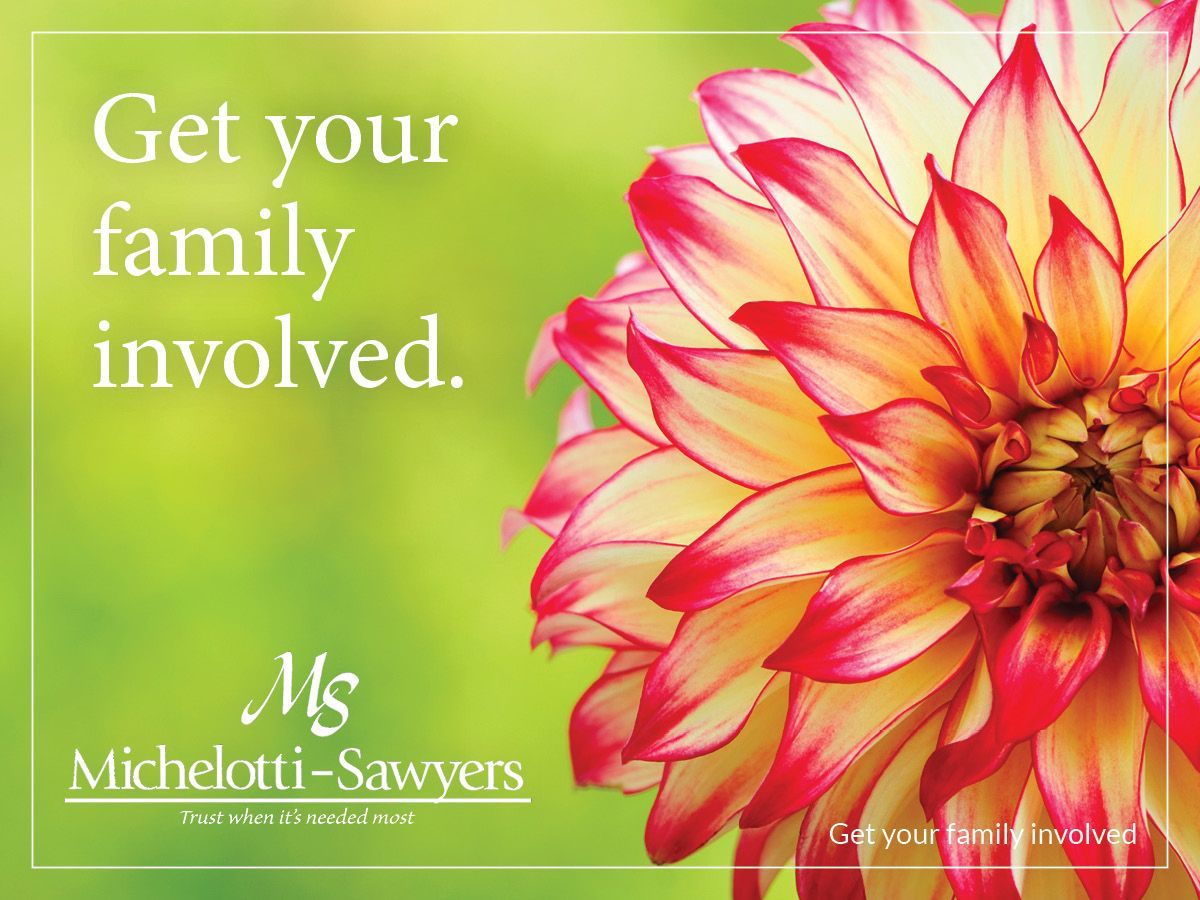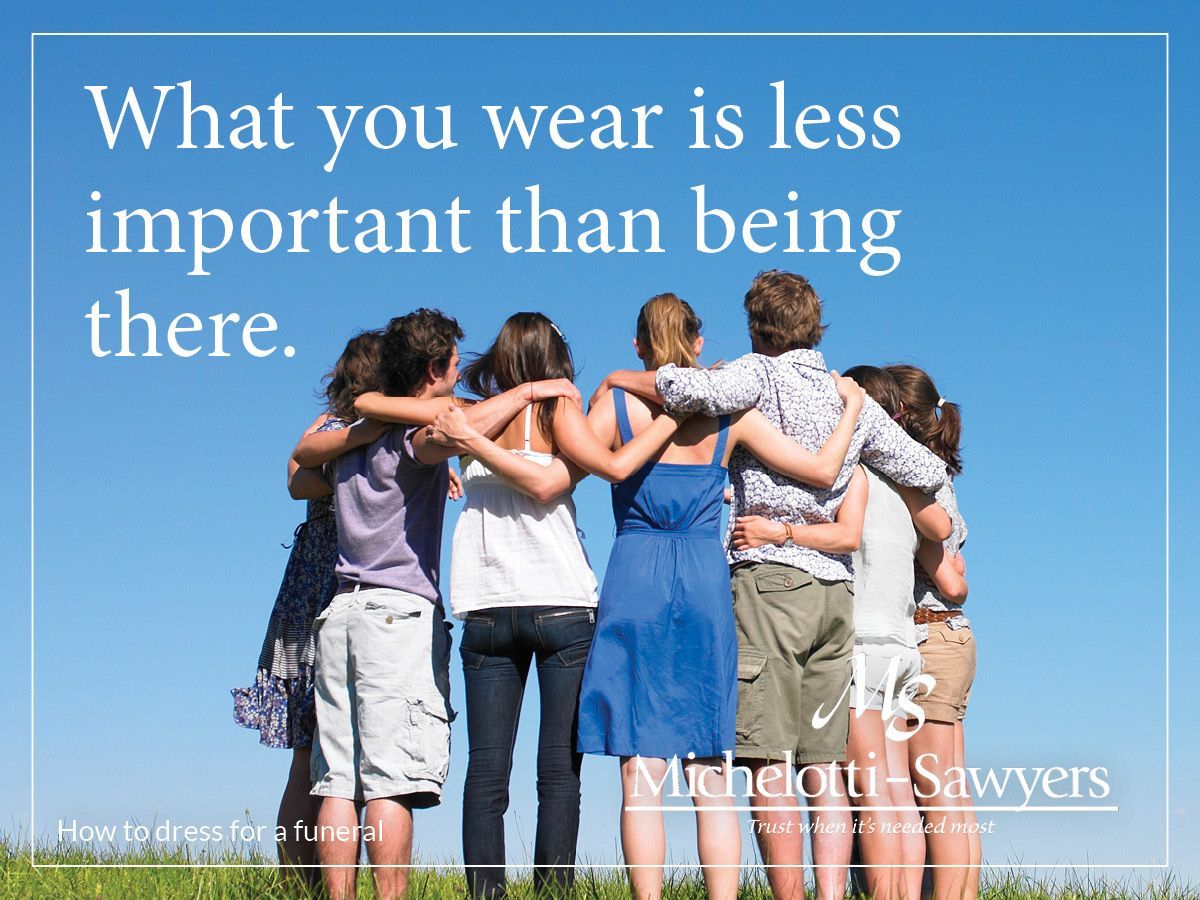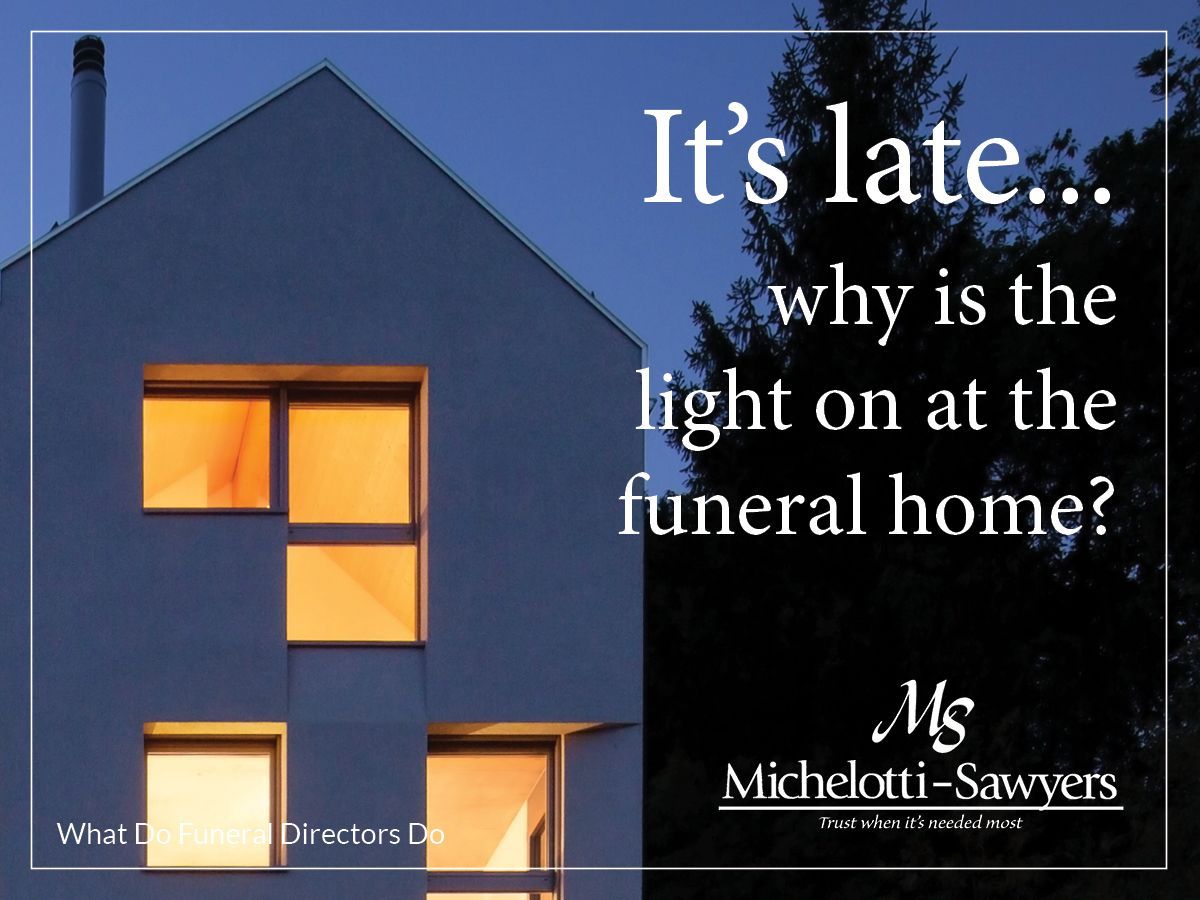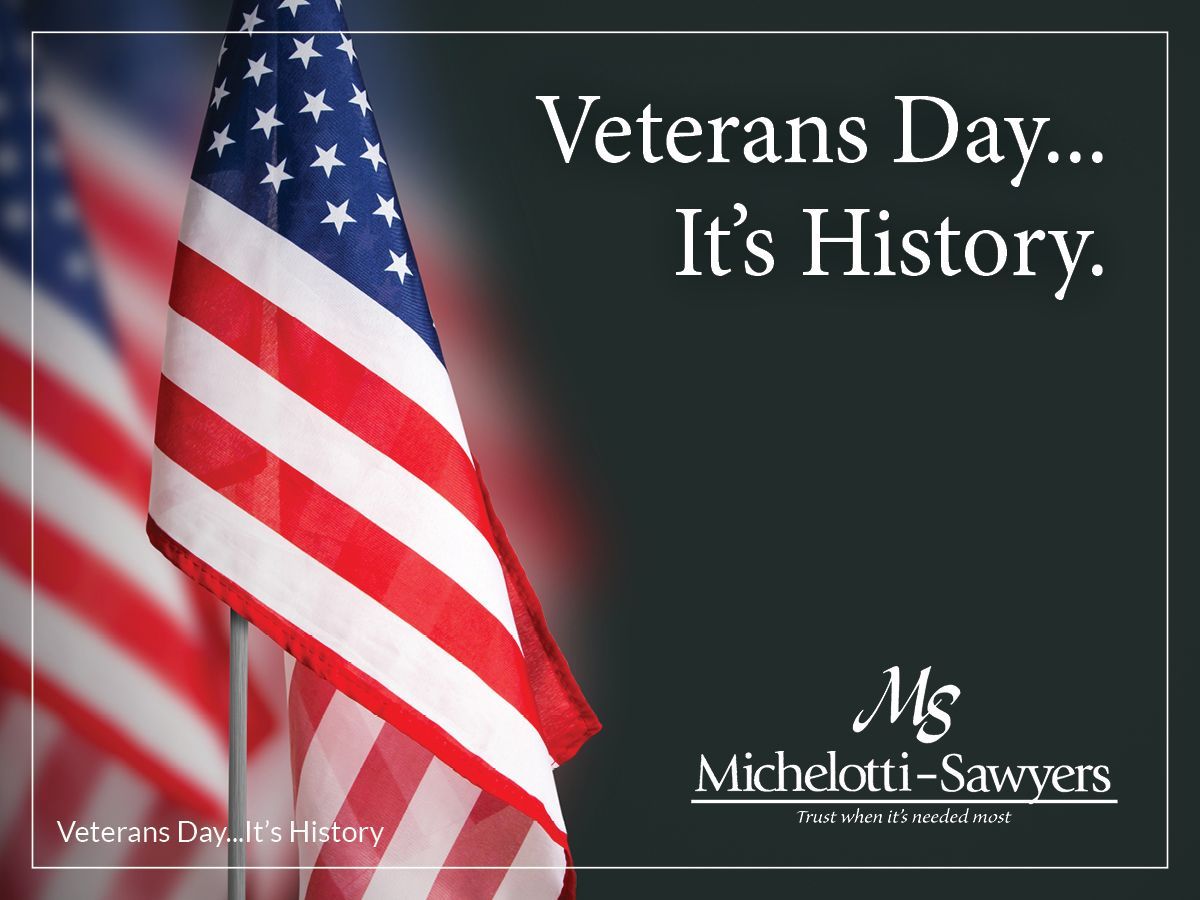Blog
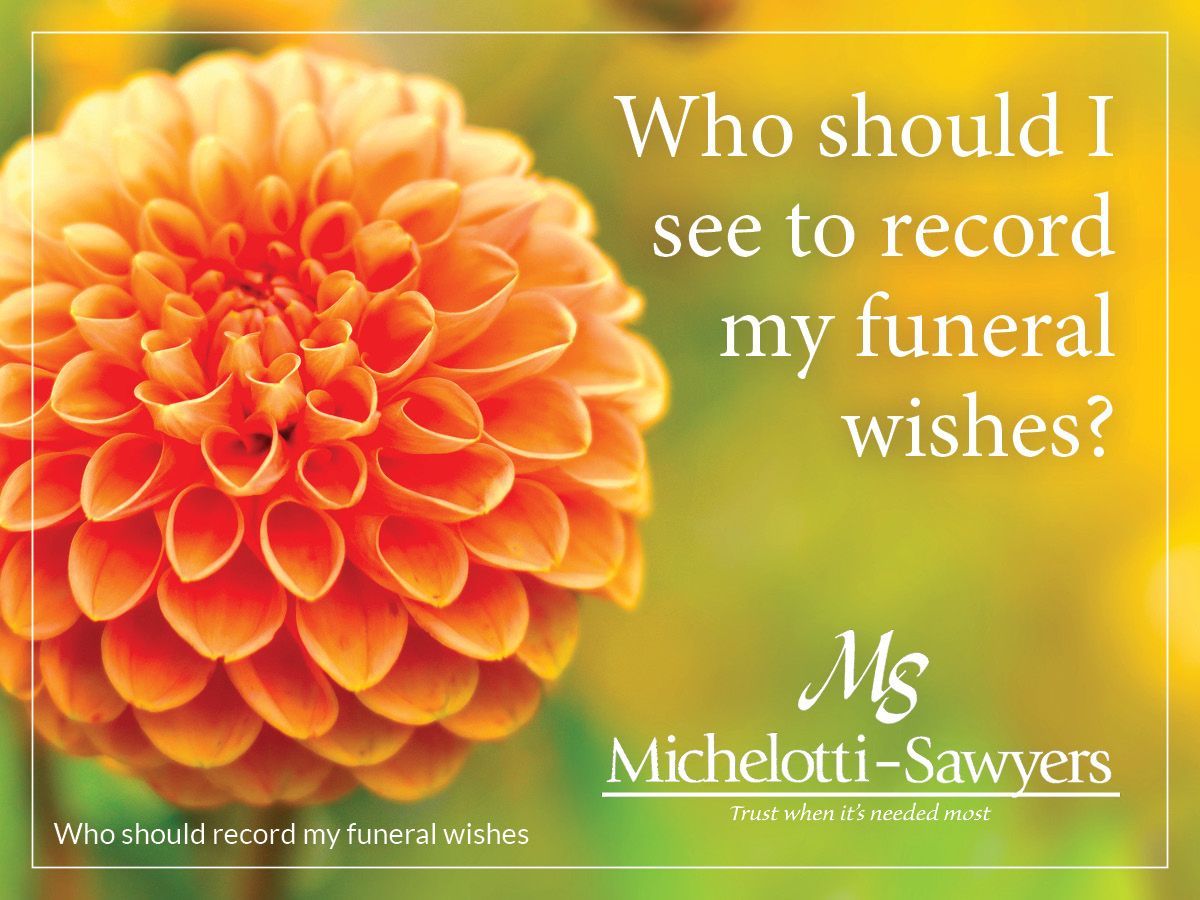
There is a woman who once thought that she’d like to have a hologram made of her wearing an Obi-Wan Kenobi robe for her funeral. Her four sons grew up during the Star Wars era and similar to Obi-Wan, she would love to pass along the wisdom she acquired over her lifetime to those she loves. And yes, she would also like to have the last word! So who should this woman see to discuss and share her wishes? Should she talk to an attorney? Her financial planner? Or a funeral director?
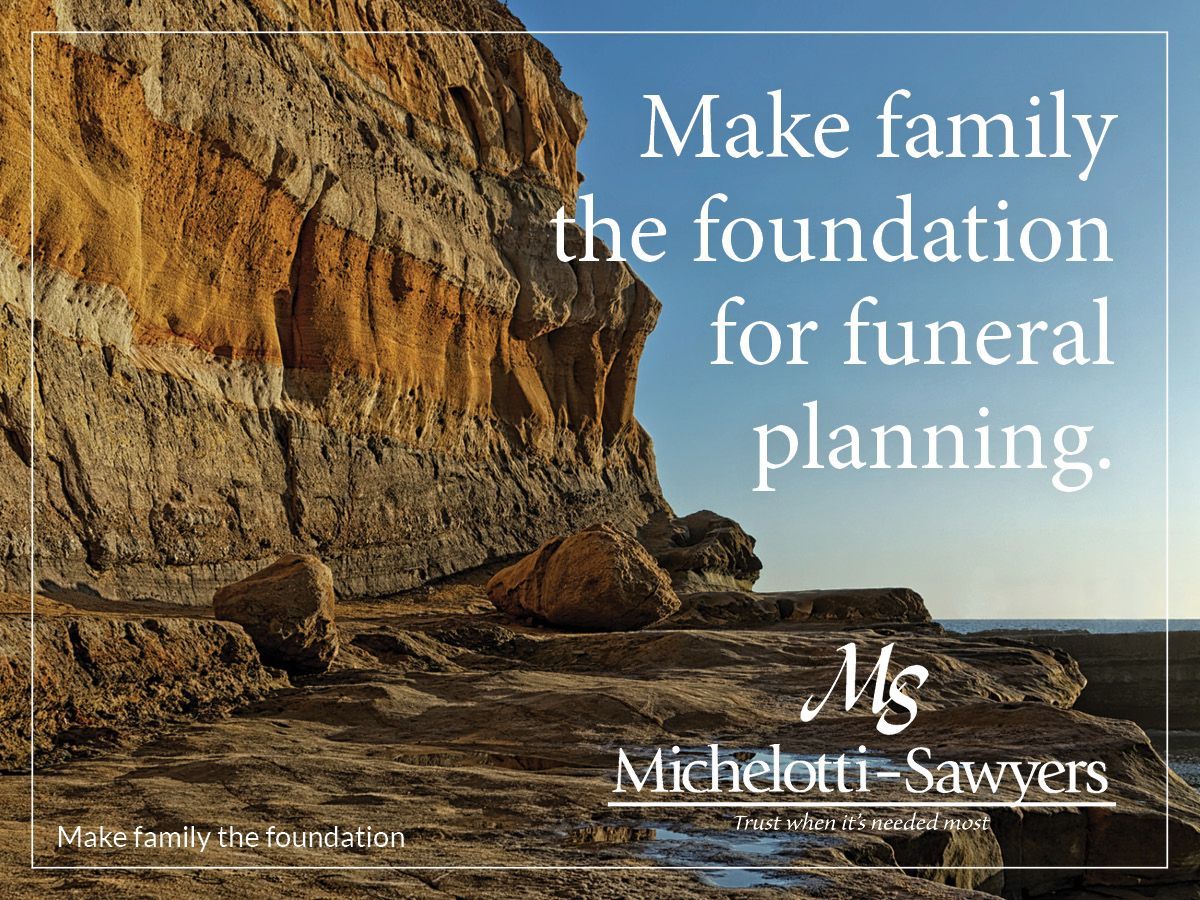
There are two ways to take care of funeral planning: 1) you can plan your own funeral in advance or 2) your survivors can plan your funeral for you after your death. Regardless of when it is planned, or who plans the funeral, the planning needs to start with your family. Your family should be the foundation for funeral planning.

